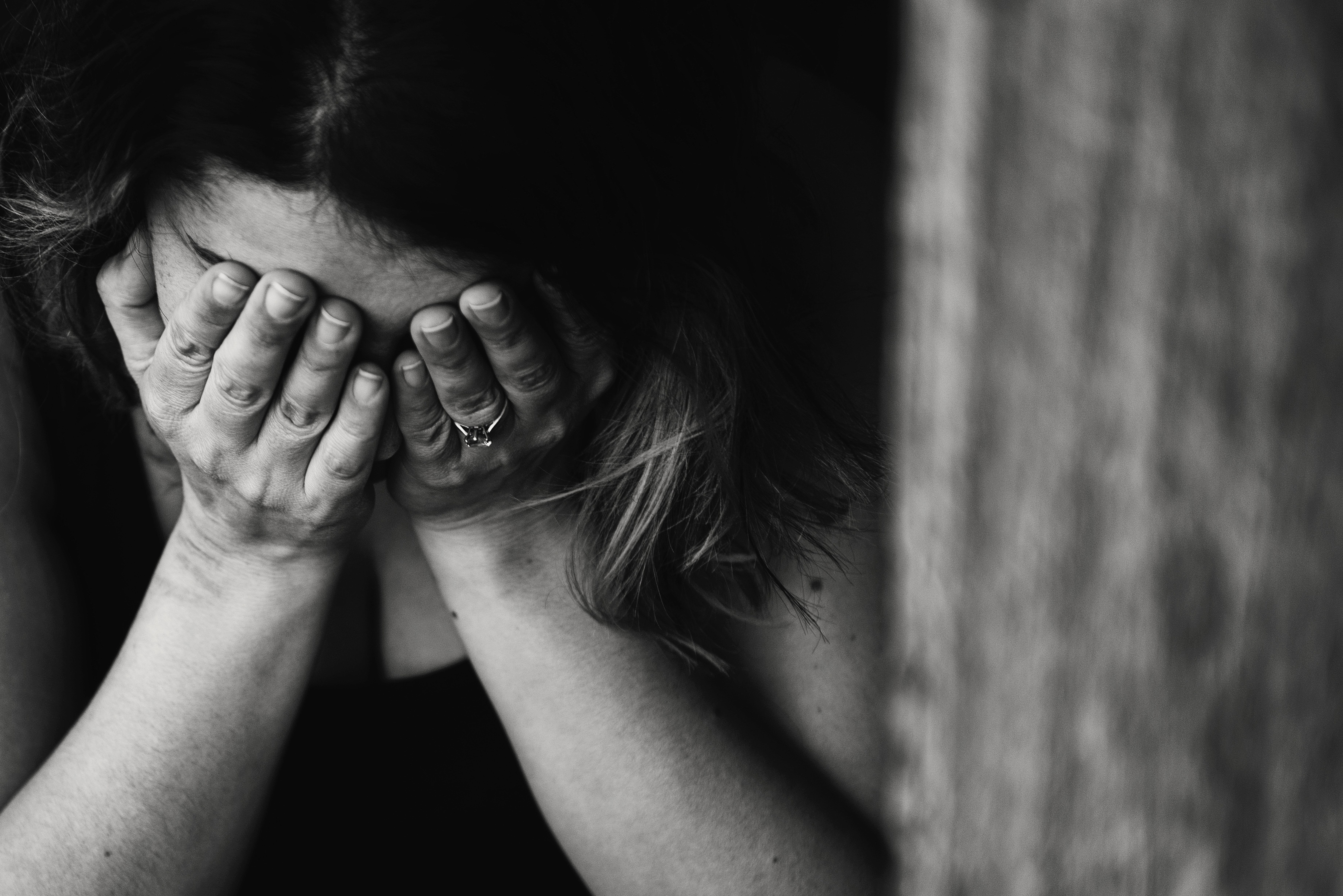Suicide remains a leading cause of death in the United States and globally, claiming 800,000 lives each year worldwide, yet it still remains a “taboo” topic for many. For individuals in crisis, the stigma surrounding mental health treatment can prevent them from seeking help before it is too late. To prevent suicide, our society must talk more honestly and openly about mental wellness and the ways to find support in times of need. September marks Suicide Awareness Month to set an annual spotlight on this important topic — one that should be top of mind all year round.
What is some essential knowledge to know about suicide awareness and prevention?
Anyone can be at risk for suicide.
The highest number of self-inflicted deaths are adult, white males; however, suicide can affect anyone, regardless of age, race, education level, income or geographic area. There is a growing campaign to bring awareness to minority mental health and the stigma surrounding it. Physicians are not immune either, and may be at greater risk due to stress, burnout and medical expertise.
Someone who is suicidal may hide it well.
The recent suicides of designer Kate Spade, chef Anthony Bourdain and rock band lead singer Chester Bennington stunned not only the public, but also many close to these celebrity figures. Their deaths highlight the fact that power, wealth and fame do not determine happiness or mental wellness. After Bennington’s suicide, a video surfaced of him smiling with his family just hours before he took his own life, making headlines as a reminder that the signs of a person contemplating suicide may be subtle and should not be ignored.
A number of factors can lead to suicide.
A question commonly asked after a suicide is: “Why did this happen?” Unfortunately, there are often few clear answers. A mental health problem may result from a clinical, diagnosable condition such as depression, but suicide may also be the effect of:
- untreated stress
- a personal crisis, such as the loss of a job or the breakdown of a marriage
- the inability to cope with pressure, such as school or work
- struggles with immense guilt or grief
- the side effect of a health condition, such as a terminal illness
- the emotional toll that may occur after recent birth
Mental health is different from mental illness.
Mental health and mental illness are not interchangeable terms. Mental illness refers to a range of medical conditions related to mood, behavior or thoughts, and are generally treatable but lifelong. Mental health is any person’s general emotional and mental well-being; a mental health crisis can often be overcome with treatment or lifestyle changes. If you or a loved one is struggling with a mental health crisis, this does not mean the same thing as having a diagnosed mental illness, though it could be related. That being said, there is no shame in having a diagnosed mental illness and it should be treated the same as any other medical condition.
Mental health treatment comes in many forms.
If you or a loved one identifies the need to seek help for a mental health crisis, it is important to work together with a provider or crisis resource to find the right course of treatment. This may include medications, lifestyle changes, elimination of a particular stressor and even modifications of diet and sleep. Talk therapy is a powerful tool for overcoming a mental health crisis.
Seeking mental health treatment means you are strong.
The stigma surrounding mental health treatment often tries to imply that seeking help for a mental health crisis is a sign of weakness. The opposite is true. It takes courage and self-awareness to recognize a problem, and determination and commitment to find a path to wellness. If you or a loved one is struggling with a mental health crisis, or may be at risk for suicide, the most important thing you can do is reach out and seek help. That may mean connecting with a family member, friend, member of your community or a health care provider to determine which local resources and options are available.
Learn more at the National Suicide Prevention Lifeline
